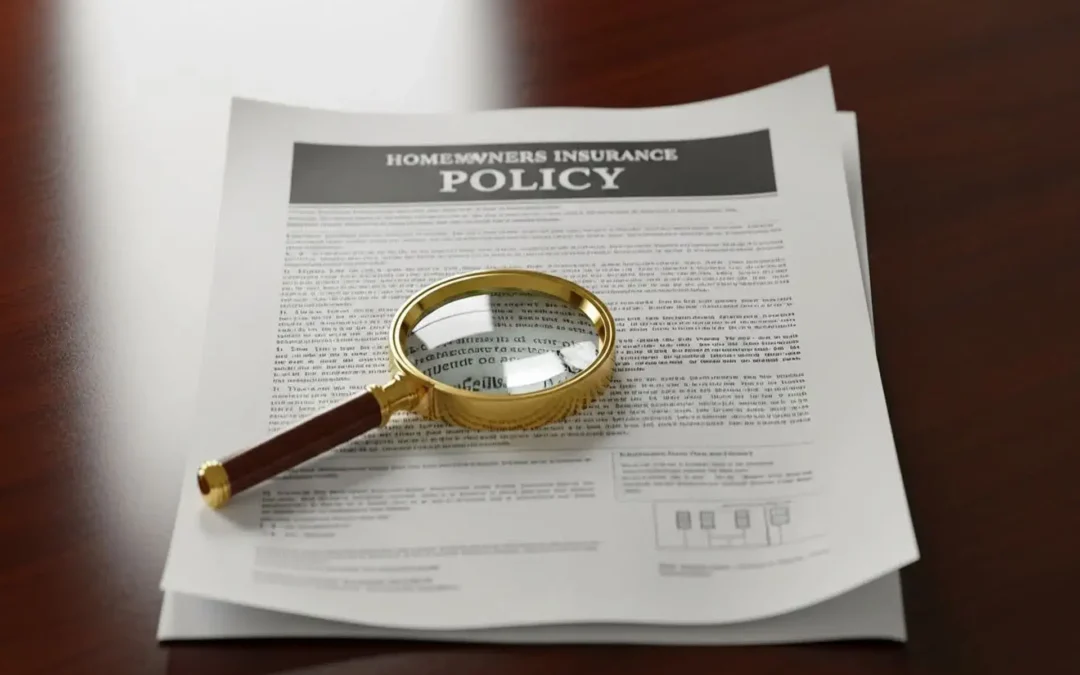Does homeowners insurance cover crawl space damage? If you just searched for that, you are not alone. Crawl space issues like standing water, mold, rotted joists, and sagging floors can quietly threaten your home’s structure, air quality, and resale value. The best protection is a mix of prevention and timely repair so small problems never turn into major structural damage.
Zavza Seal works in crawl spaces every day across Long Island, Brooklyn, Queens, and The Bronx. In this guide, you will learn when homeowners insurance may cover crawl space damage, what is usually not covered, how flood damage fits in, and how professional encapsulation, waterproofing, structural repair, and drainage systems can stop problems from coming back.
Protect Your Home, Health, And Wallet With A Professional Crawl Space Evaluation Today!
Does Homeowners Insurance Cover Crawl Space Damage?
Now that you understand how crawl space problems develop and why they matter, the next step is knowing whether your insurance will help pay for repairs. Homeowners insurance can cover certain types of crawl space damage, but only when the cause fits the policy’s definition of a covered peril.
Most denials happen not because of location, but because the issue developed slowly over time. Below is a clear breakdown of what insurers usually approve and what they almost always reject.
What Homeowners Insurance Typically Covers
Insurance companies say yes when the crawl space damage results from a sudden, unexpected event. These are the losses caused by covered perils, not long-term conditions or neglected maintenance.
- Burst Pipes: sudden pipe failures that release water into the crawl space.
- Accidental Appliance Discharge: washing machines, water heaters, or HVAC lines that leak without warning.
- Storm Impact Damage: wind-driven debris or fallen limbs that crack walls, vents, or beams.
- Storm-Related Water Entry: water intrusion caused directly by structural openings created during a storm event.
- Resulting Mold From A Covered Loss: mold that forms immediately after a covered incident when cleanup is prompt.
- Sudden Structural Breaks: abrupt failures caused by impact rather than gradual weakening.
What Homeowners Insurance Usually Does Not Cover
Most crawl space claims are denied because the damage clearly shows age, moisture history, or poor maintenance. These problems fall into the exclusion category for almost all standard policies.
- Long-Term Moisture Exposure: damp soil, standing water, or condensation that has been present for months or years.
- Chronic Humidity And Mold: musty odors and visible mold that show a long history of moisture imbalance.
- Drainage And Grading Issues: poor yard slope, clogged gutters, or disconnected downspouts that push water toward the foundation.
- Foundation Settlement: sinking piers, shifting walls, or cracking from soil movement rather than a sudden event.
- Rot And Wood Decay: joists, beams, and sills weakened by years of moisture or pest activity.
- Pest Damage: termite, rodent, or insect damage considered preventable with routine inspection.
- Flooding From Outside Water: water entering from heavy rain, groundwater, storm surge, or overflowing bodies of water without flood insurance.
Our Crawl Space Damage Solutions For Long Island, New York, Queens, And The Bronx
Coastal weather, high humidity, and aging housing stock make crawl space failures especially common across Long Island and the boroughs. Our solutions are designed to eliminate the existing damage and stop future moisture, mold, or structural problems from returning.
- Crawl Space Encapsulation: Crawl space encapsulation seals the entire area with thick vapor barriers to block moisture, improve air quality, and protect your home from long-term structural damage.
- Drainage System Installation: Drainage system installation redirects groundwater and surface runoff away from your foundation to prevent flooding, erosion, and costly crawl space issues.
- Sump Pump And Discharge Lines: Sump pump and discharge line installation removes water quickly during storms or heavy rain, protecting your crawl space from flooding and moisture buildup.
- Structural Beam And Joist Repair: Structural beam and joist repair restores strength to sagging or weakened sections, stabilizing the crawl space and preventing further deterioration.
- Dehumidification Systems: Crawl space dehumidification systems control humidity levels to prevent mold growth, protect wood framing, and maintain healthier indoor air.
- Crawl Space Waterproofing: Crawl space waterproofing applies moisture barriers and protective coatings that prevent water intrusion and safeguard your foundation long-term.
Why Choose Zavza Seal for Crawl Space Damage Repair
Homeowners trust Zavza Seal because we repair the root cause, not just the symptoms. We understand the unique crawl space challenges across Long Island and New York City.
- Certified Moisture And Structural Specialists
- Fast Emergency Response
- Proven Long Island And NYC Experience
- Advanced Diagnostic Tools
- Long-Term Warranties
- Transparent Pricing And Reports
Does Homeowners Insurance Cover Crawl Space Damage: Final Thoughts
Even though crawl space damage can be expensive, insurance will only help when the cause is sudden, accidental, or storm-related. Long-term moisture, drainage problems, and neglected conditions are usually denied, which is why timely repair and prevention matter.
For homeowners across Long Island, Queens, Brooklyn, and The Bronx, the smartest move is getting the crawl space evaluated before the damage spreads or a claim becomes harder to prove.
Protect Your Home And Peace Of Mind With A Professional Crawl Space Inspection Today!
Frequently Asked Questions About Crawl Space Damage:
Does homeowners insurance cover crawl space damage?
Yes, but only when the damage is caused by a sudden and accidental event such as a burst pipe or storm impact.
Does insurance cover mold in the crawl space?
Only if the mold forms immediately after a covered water event and mitigation is done quickly.
Are long-term crawl space moisture problems covered?
No, gradual moisture, damp soil, or humidity-related issues are almost always excluded.
Is crawl space flooding from storms covered?
Water from storm surge, groundwater, or heavy rain typically requires separate flood insurance
Does homeowners insurance pay for structural repairs under the house?
Yes, but only if the structural damage was caused by a covered peril, not by settlement or long-term deterioration.
Will insurance cover a burst pipe in the crawl space?
Yes, burst pipes are one of the most common covered losses.
Are sump pumps or drainage failures covered?
Not usually; these are considered maintenance responsibilities.
Does insurance cover pest damage in the crawl space?
No, termite or rodent damage is excluded because it is classified as preventable.
Can I file a claim for sagging floors caused by crawl space issues?
Only if the sagging results from a sudden covered event, not from age, moisture, or settlement.
How can I improve my chances of an approved crawl space claim?
Document the cause, take clear photos, act quickly to mitigate damage, and maintain good inspection and repair records.








